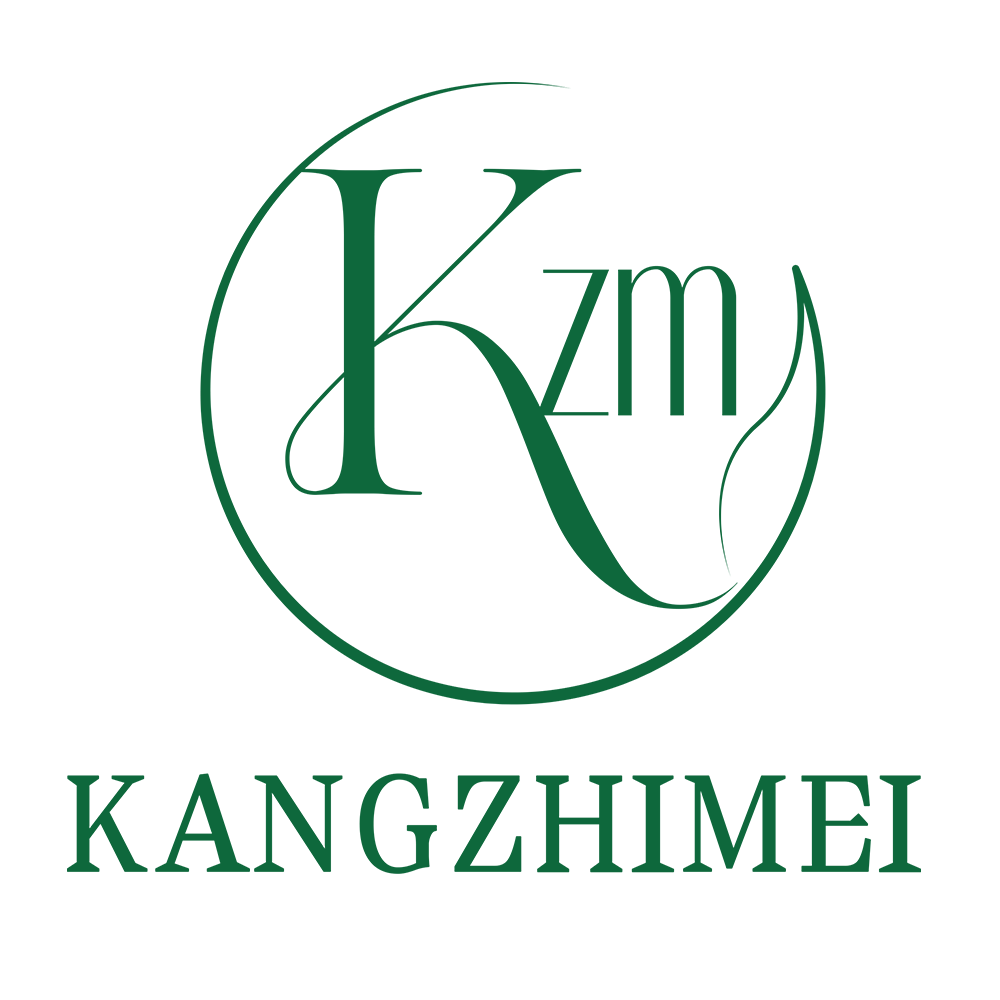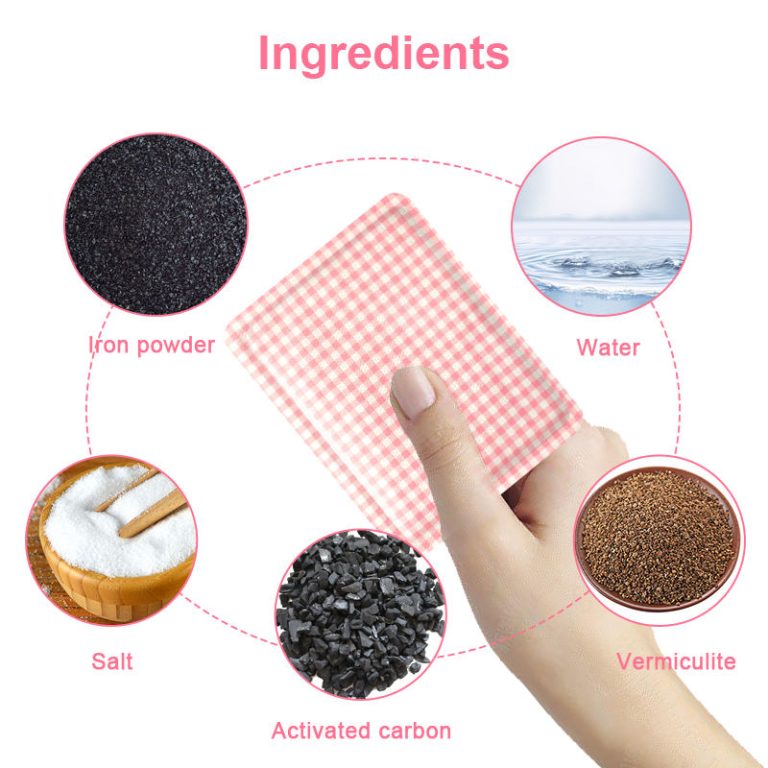In recent years, the global demand for pain relief creams has surged, driven by an aging population, increased awareness of non-pharmaceutical pain management options, and a growing preference for topical treatments. This trend presents a significant opportunity for businesses in the health and wellness sector, particularly those involved in OEM (Original Equipment Manufacturing) and sourcing from factories.
Pain relief creams, also known as topical analgesics, offer localized treatment for various types of pain, including arthritis, muscle aches, and sports injuries. Unlike oral medications, these creams have fewer systemic side effects and can be applied directly to the affected area, making them an attractive option for many consumers.
For businesses looking to enter or expand in this market, partnering with a reliable source factory for OEM production can be a strategic move. OEM allows companies to offer branded pain creams without the need for in-house manufacturing facilities, reducing overhead costs and time-to-market.

When selecting an OEM partner, businesses should consider several factors:
Formulation expertise: Look for factories with experience in developing effective pain relief formulations using both traditional and innovative ingredients.
Quality control: Ensure the factory adheres to strict quality standards and regulatory requirements for topical medications.
Customization options: Choose a partner that can tailor formulations to meet specific market needs or brand positioning.
Scalability: As demand grows, the factory should be able to scale production accordingly.
Certifications: Verify that the factory holds relevant certifications such as GMP (Good Manufacturing Practice) and ISO standards.
By leveraging OEM partnerships, businesses can focus on marketing, distribution, and customer relationships while relying on expert manufacturers to produce high-quality pain relief creams. This approach allows for greater flexibility in product offerings and the ability to respond quickly to market trends.
As the pain relief cream market continues to expand, there are opportunities for differentiation through unique formulations, targeted applications, or natural ingredient blends. Businesses that can identify niche markets or unmet needs within the broader pain management category may find particular success.
In conclusion, the growing demand for pain relief creams presents a promising opportunity for businesses willing to explore OEM partnerships with reliable source factories. By carefully selecting manufacturing partners and focusing on product differentiation, companies can position themselves for success in this dynamic and expanding market.






